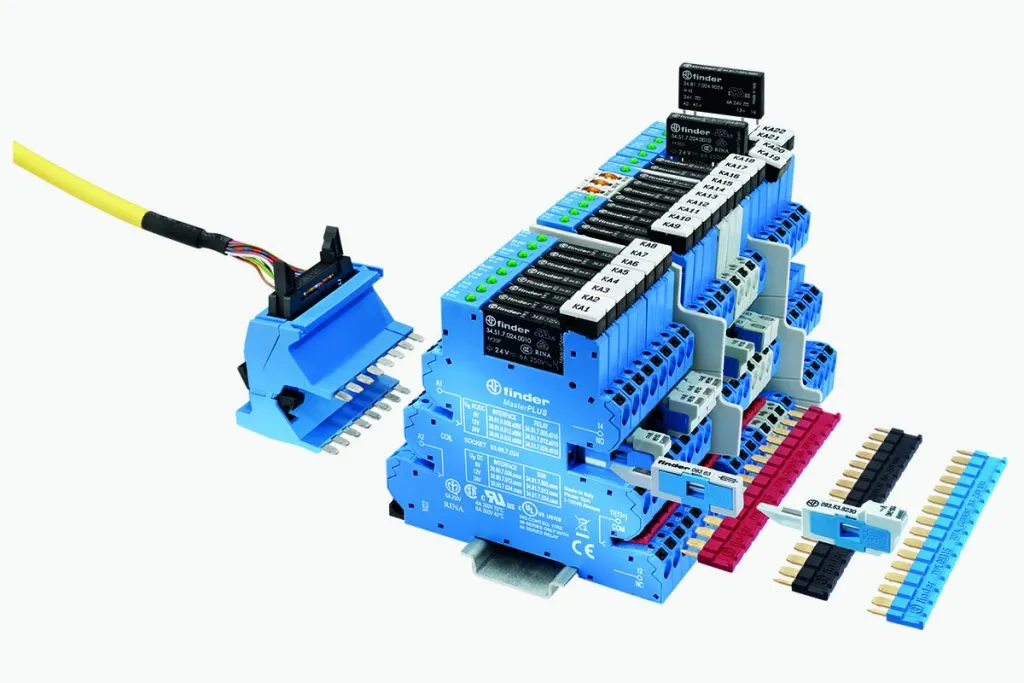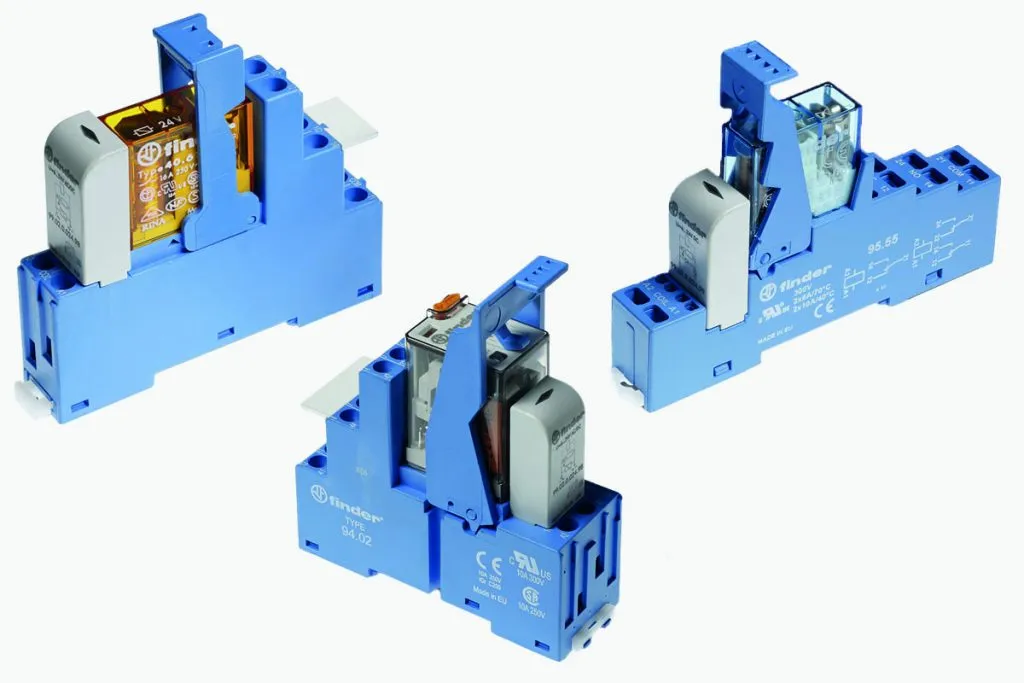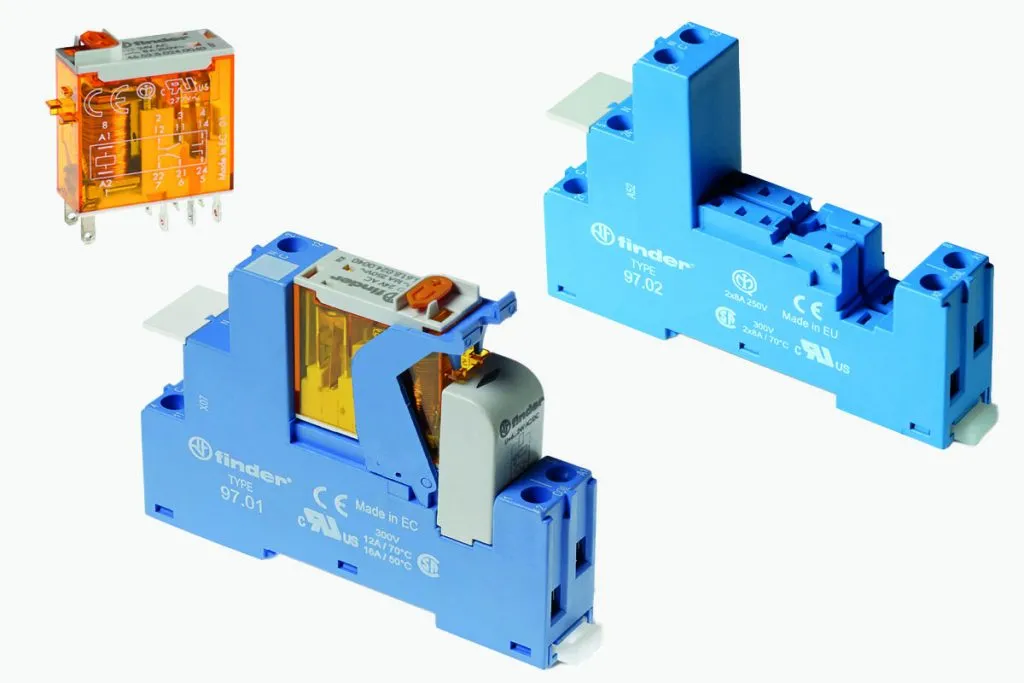Finder’s Most Frequently Asked Question

One of the most frequently asked question in tech support is regarding our 38 and 39 Series relay interface modules. For those that may not know the expanse of relay interface modules, let’s dive in a bit to clarify the product group before we jump to the question.


Relay interface modules are a complete assembly. They come in various configurations, currents, voltages, and termination styles – designed for easy procurement, stocking, and installation. Out of the box – mount on DIN rail and wire – that’s it.
If we look at higher current versions – 48 – 4C – 58 Series, they consist of a relay, coil suppression module, clip, and socket. A 4C.02.8.120.0060SPA module has a 46.52.8.120.0040 relay – coil voltage 120 V AC, and a standard relay socket. Screw or push-in, coil suppression via a separate module, the socket remains molded plastic and metal termination points. The voltage for these modules is decided by the relay used.

Now our 38 and 39 Series!

“I have a 120 V AC (38 or 39) interface module and the relay in the top is 60 V DC – is this correct and why is it not a 120 V AC relay?”

A 34 Series relay is used, which due to its size is only offered in DC coils, never AC. For Finder to provide an AC coil solution in a 6.2 mm interface module, the magic happens in the base. These bases are not just molded plastic and metal terminals, but also have built-in electronics. Electronics that provide coil suppression and for 120 – 230 V units a unique circuit converting inbound 120 or 230 V AC power to 60 V DC. Hidden out of sight in a thin socket module packed with electronics.
Finder uses a 60 V DC relay in the assemblies vs. 24 V to limit heat. Converting voltage from 120 V or 230 V generates heat. More converted … more heat. 60 V DC allows the design to work efficiently.
So, the most common question – asked and answered.

Schedule a 10 min product update right here:





